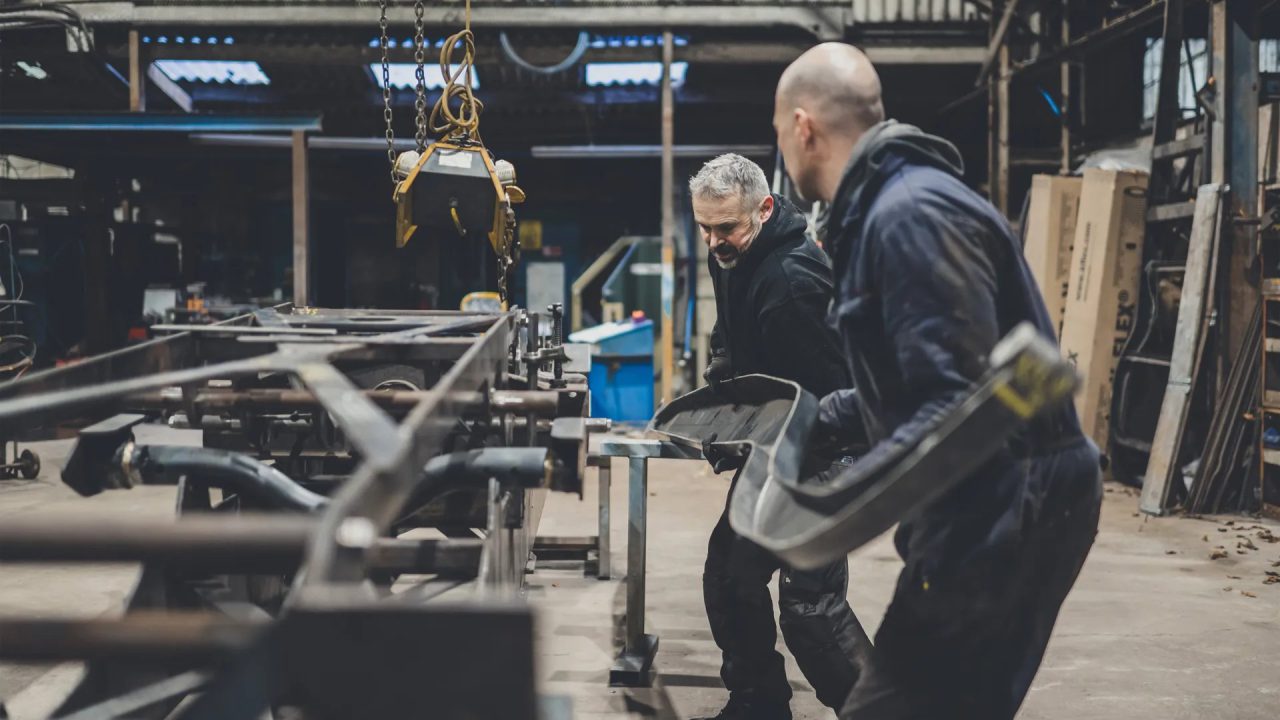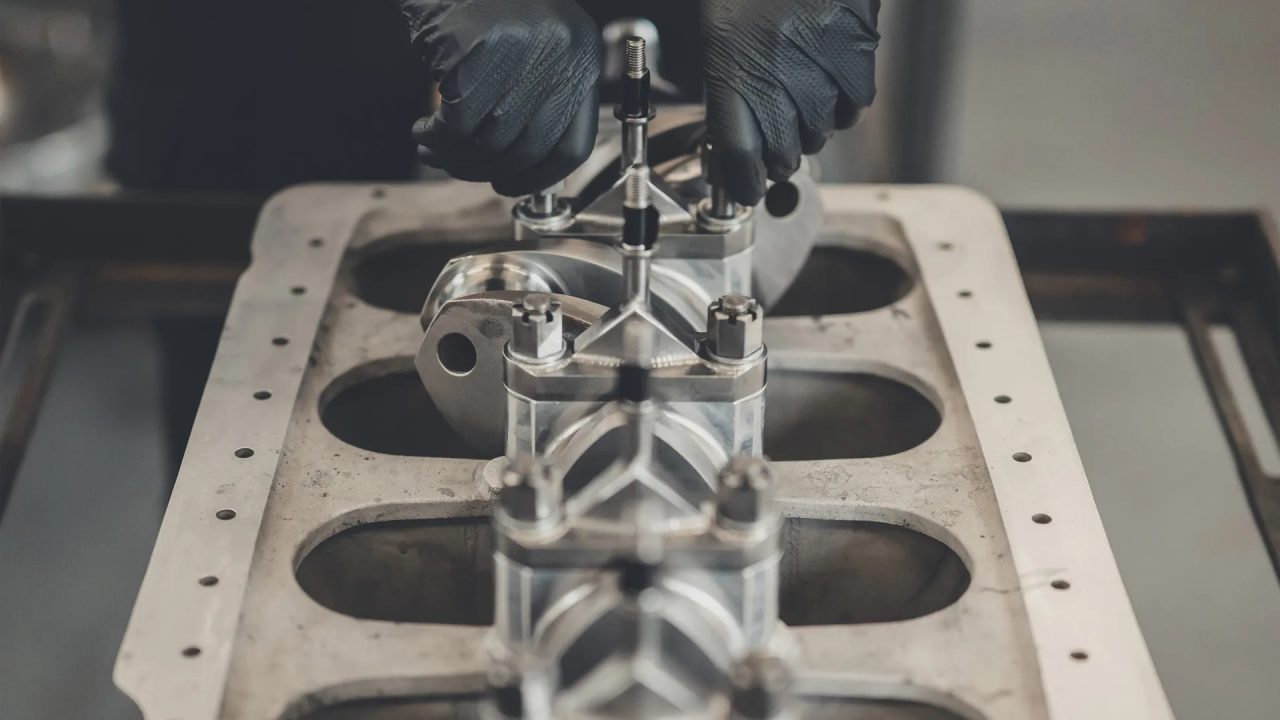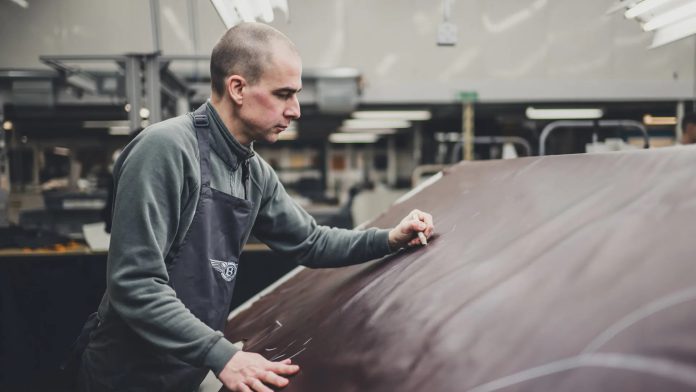The Bentley Speed Six continuation cars are now in production, bringing back a design that first appeared over nine decades ago.
Bentley unveiled the prototype Speed Six continuation car last year, but is now working on the first of 12 customer cars, all of which have already been sold, the automaker said in a press release. Each car will take 10 months to build, Bentley estimates.
Production is being handled by Bentley’s Mulliner personalization department, with help from outside suppliers, all using period-correct materials and tools. For example, Bentley commissioned special tooling to press the Speed Six’s steel frame rails and crossmembers, a process that by itself took six months, according to the automaker.

As with the original cars, handmade ash-wood bodywork wrapped in fabric is mounted on the chassis. The continuation cars are then fitted with headlights, radiators, and fuel tanks supplied by restoration specialists. The latter is made from hand-beaten steel and copper.
The 6.5-liter inline-6 is recreated using 3D models generated from the original blueprints. This engine made about 200 hp in its day, while the continuation cars produce 205 hp. Output could have been raised even further with modern materials, according to Bentley, but the automaker wanted the continuation cars to be as close to the originals as possible.
The Speed Six is one of the cars that helped create the Bentley legend. Introduced in 1928, it won the 24 Hours of Le Mans that year and in 1930. Wold Barnato, then head of the company, also used a sedan-bodied Speed Six to race a train across France in 1930. Barnato and co-driver Dale Bourne covered 570 miles, averaging 43.4 mph on unpaved roads.

The continuation cars, Bentley’s second continuation project following modern examples of the 1929 Bentley Blower, used two original cars as templates: GU409, which is owned by the company, and “Old Number 3,” the 1930 Le Mans winner, which was made available by its owner for this purpose. The continuation cars incorporate changes made in period to improve reliability for the 1929 and 1930 Le Mans races.
The customer cars also benefit from testing of the prototype Speed Six continuation car, which went through 40 hours of engine testing, 6,213 miles of durability testing, and top-speed runs where it achieved 112 mph.
HIGH-RES GALLERY: 1930 Bentley Speed Six Continuation Series production
This article was originally published by Motor Authority, an editorial partner of ClassicCars.com





